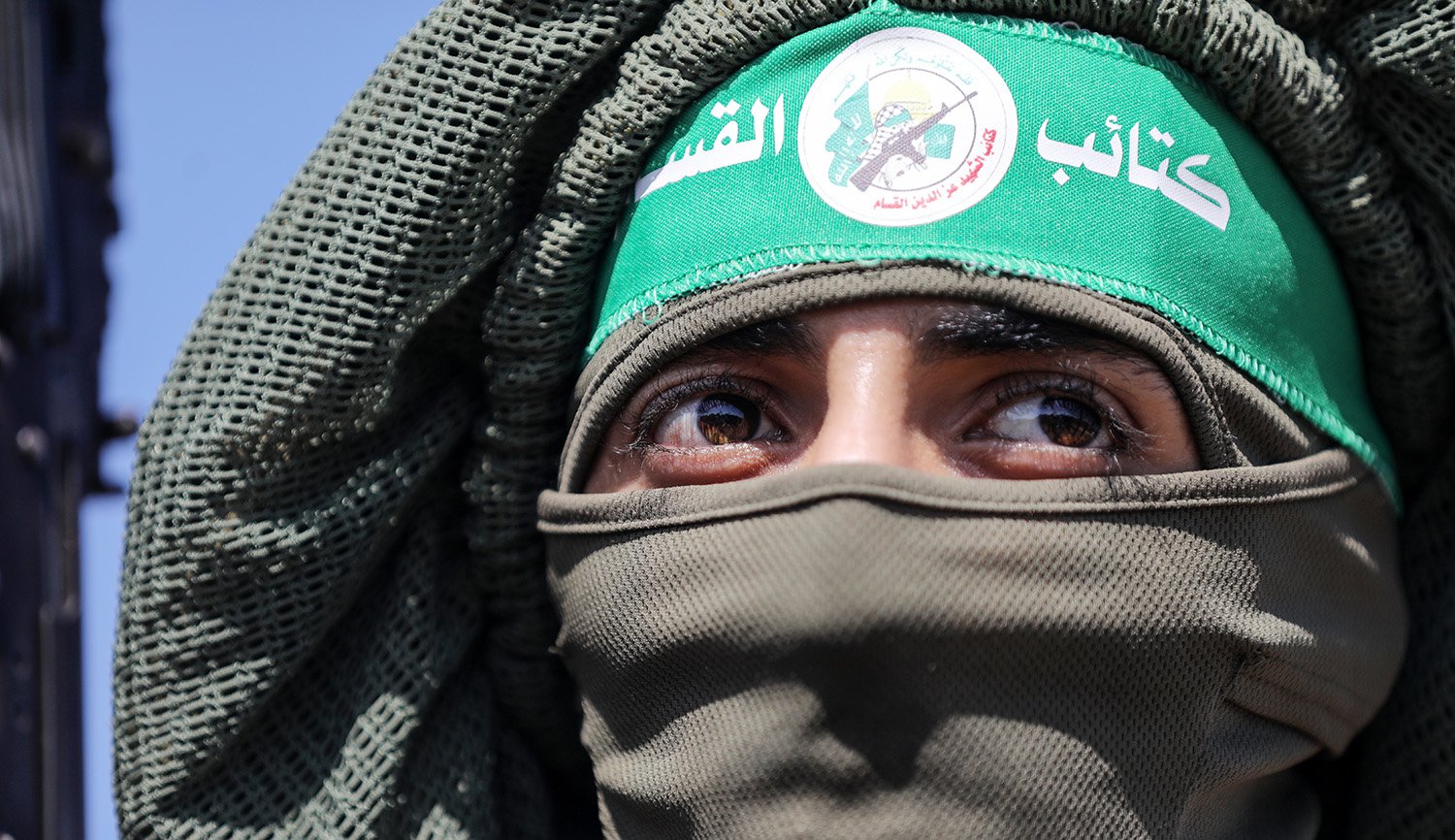The Islamic Republic of Iran operates extensive terrorist and terror-financing networks not just in the Middle East, but also in Europe and Latin America. Drawing on methods used by the KGB, it has also tried to exert influence over Western minds, specifically through the universities. Mariam Memarsadeghi explains:
The Islamic Republic’s soft-power strategy prioritizes university scholars, giving those of Iranian descent in particular access to regime insiders while grooming them to provide a whitewashed version of even the most brutal aspects of clerical rule.
Scholars at America’s top academic institutions are close to those Washington think-tank analysts who promote appeasement of the Islamic Republic. Recent exposés . . . show how the Islamic Republic’s foreign ministry created an “Iran Experts Initiative” to push Tehran’s positions in Washington, particularly on its nuclear program, and managed to have three of its top members land posts as advisors to Robert Malley, Biden’s special envoy to Iran, who is now under State Department and FBI investigation.
Their reporting has prompted Republicans in both the House and Senate to press the Biden administration, including the Department of Defense, to account for the hiring of individuals to highly sensitive U.S. national security positions who took direction from Tehran.
More about: Iran, University


